15 reasons we love the Dreamcast 15 years later
And check out this video celebrating the Dreamcast games that still look great today...
Sweet dreams are made of these
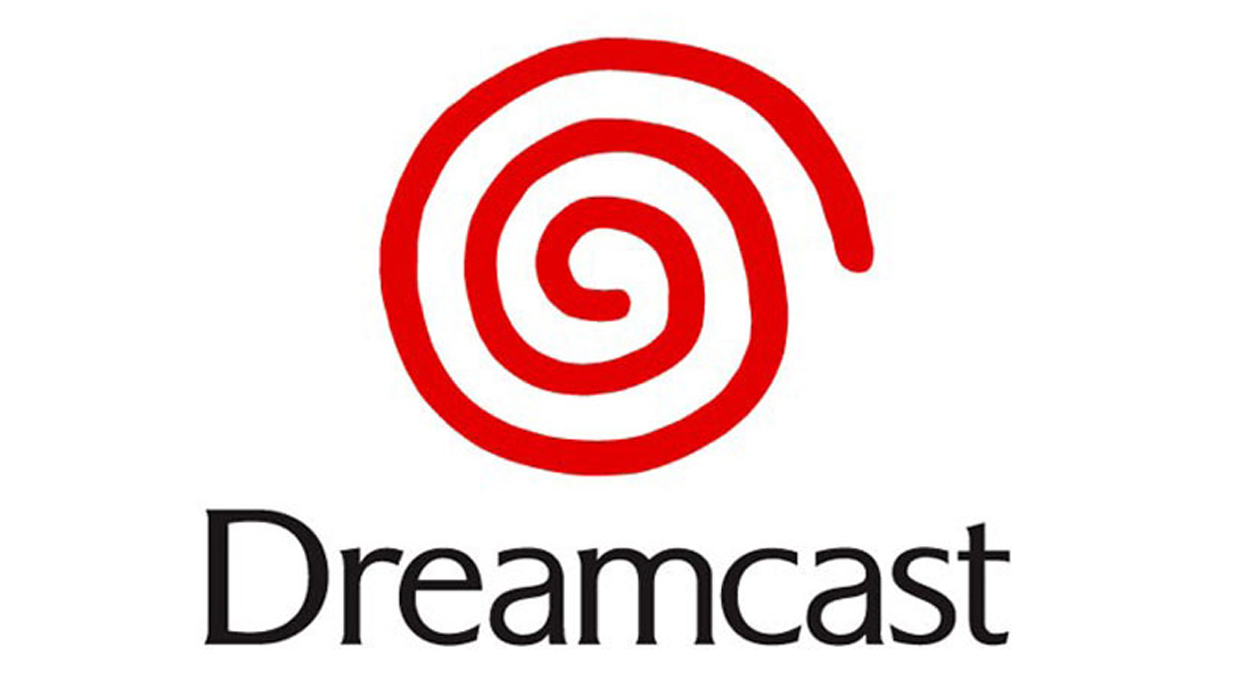
9/9/99 feels like a distant fantasy now. That day in September, when the Dreamcast went on sale in North America, and I purchased the system, it seemed like the start of a new age for Sega. It was a bright future of endless possibilities. While it would go on to be the company's last console, the Dreamcast's impact from that day in 1999 forward is worth remembering 15 years later. That time has granted us gamers useful perspective on the system's triumphs, both great and small.
On its 15th birthday, I think it's time to celebrate the Dreamcast's existence. So, in addition to GamesRadar's list of the best Dreamcast games (including those that have aged very gracefully), I've pulled together 15 reasons the system is worthy of glowing nostalgia to this day. Whether you were there from the Japanese launch in 1998, or got it during liquidation sales, or just wish you had been part of the scene back in the day, this is why people still talk about the Dreamcast...
One of the best launch line-ups ever
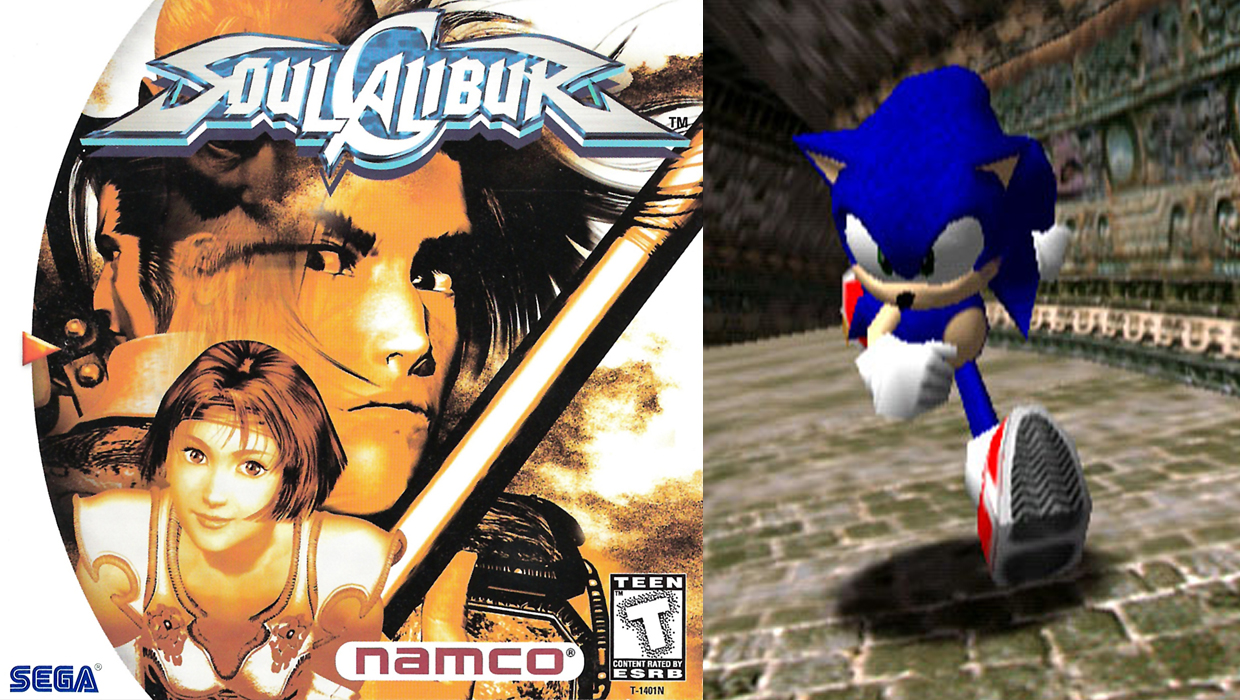
After a shaky Japanese launch, Sega put its best foot forward with its day one games. Titles like Soul Calibur, Power Stone, Sonic Adventure, Ready 2 Rumble, House of the Dead 2, NFL 2K, and Hydro Thunder were some of the best games the console would ever see, and they were all available for the US and European launches. That list of software outdid the PlayStation 2's launch by leaps and bounds, and the Dreamcast's initial library looks even stronger by today's standards. Remember the first six months of titles for the PS4, Xbox One, and Wii U? The Dreamcast's launch is stacked when compared to those consoles.
Sega's internal development was at its peak
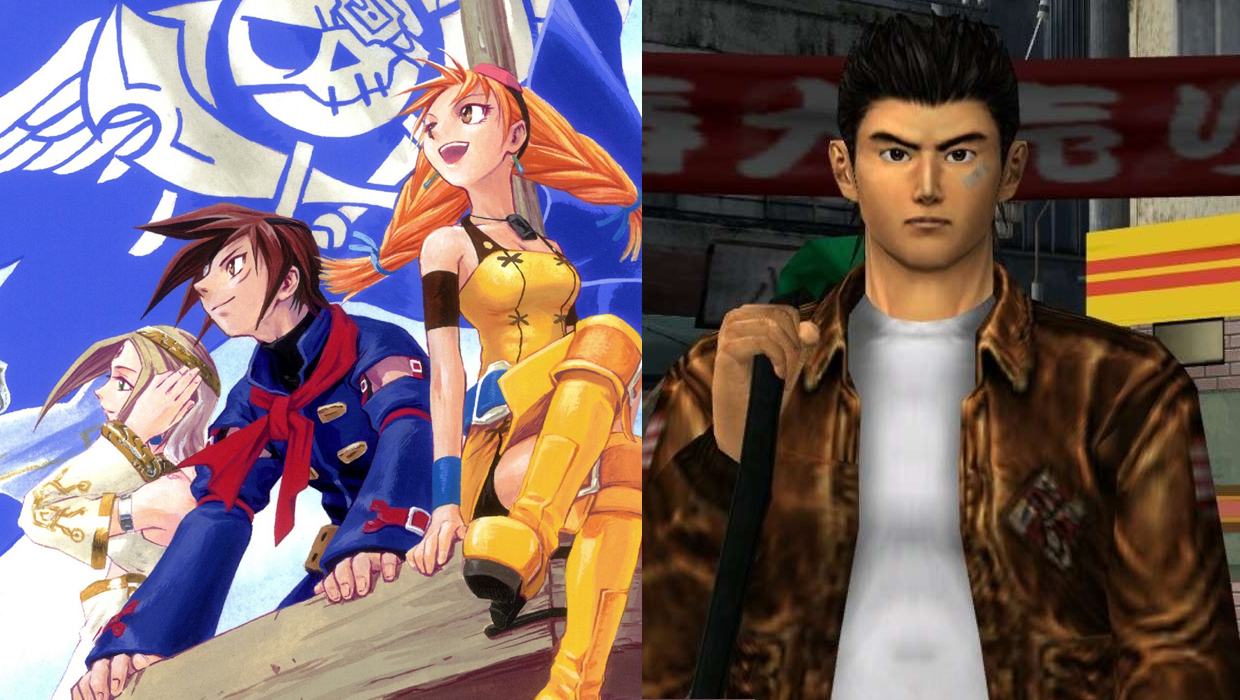
Sega always had great internal development teams for its consoles, but the game makers had really matured by the time the Dreamcast arrived. Tetsuya Mizuguchi transitioned from making racing games to creating unique music experiences like Rez and Space Channel 5. Sega's resident JRPG pioneer, Rieko Kodama, pushed the genre forward with the whimsical Skies of Arcadia. And Yu Suzuki, head of so many arcade classics for Sega, made his fantasy come to life with Shenmue. With these games (among many others), the Dreamcast fast became a home to creative first-party titles, all beautifully executed by their respective developers.
The rebirth of Sonic
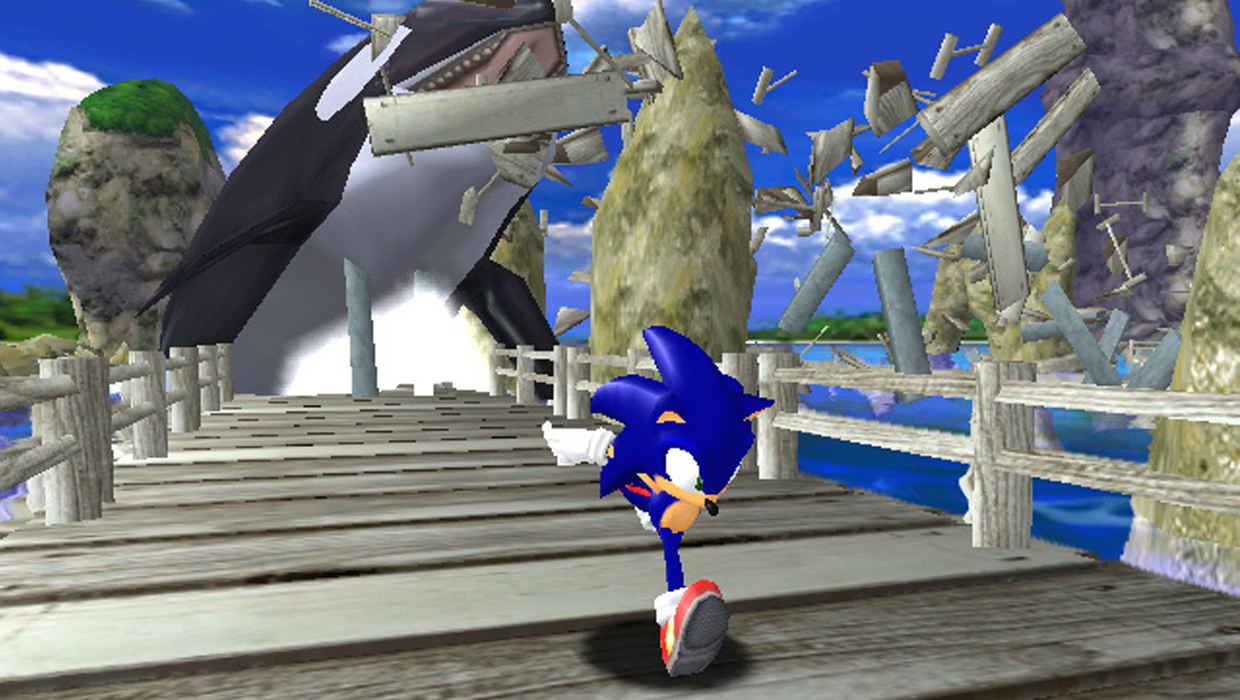
Sega made a little blue pile of pixels into an international mascot named Sonic the Hedgehog, thanks to some great games and smart marketing during the Genesis/MegaDrive era. Then the character virtually vanished for years, giving up marquee status to Nights and Virtua Fighter. But he came roaring back into the spotlight with Sonic Adventure, and has been there ever since. Sure, the years since his return haven't been perfect, but without his comeback on the Dreamcast, Sonic would've been relegated to the '90s mascot bin with Bubsy and Vectorman. This is the system that saved him.
It was a fighting game paradise
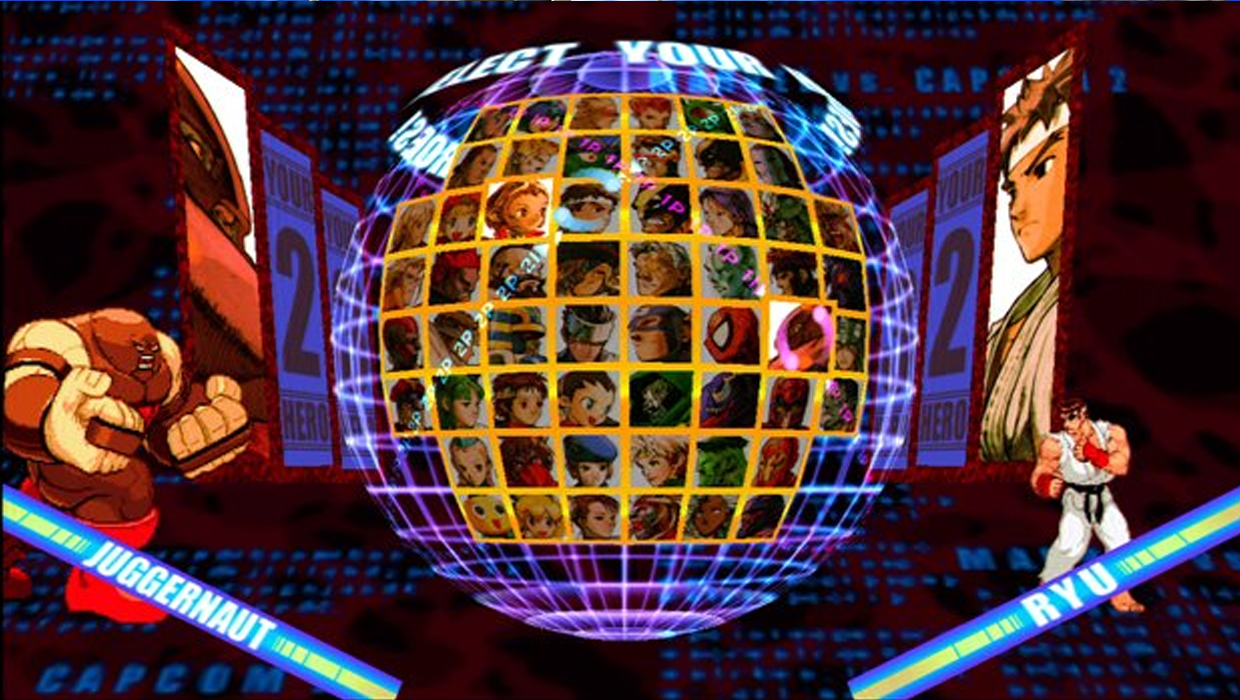
Soul Calibur has aged splendidly, but in 1999 it was both gorgeous and endlessly replayable, making it the top fighter on Dreamcast. But it was hardly the only one. There were titanic sequels like Street Fighter 3, Marvel vs. Capcom 2, Virtua Fighter 3tb, and Dead or Alive 2, alongside experimental newcomers like Power Stone, Ready 2 Rumble, Tech Romancer, and Project Justice. High profile fighting devs like Capcom and SNK were behind the Dreamcast big time, as were Sega's many fighting vets at AM2. I consider the Dreamcast the last gasp of fighting game awesomeness before the genre went dormant for a number of years.
Sign up to the GamesRadar+ Newsletter
Weekly digests, tales from the communities you love, and more
It also had the best sports games too

EA Sports chose not to support the Dreamcast, which undeniably hurt the system in the US, though it also pushed Sega to make sports content that could best brands like Madden in terms of quality. The entire 2K line of sports releases did so well on the Dreamcast that it outlived the system and still thrives today, and that line was backed up by fellow first party hits like Virtua Tennis and Sega Rally. And even without EA, third parties made their most advanced versions of games like Tony Hawk Pro Skater 2, Dave Mirra BMX, and the first ever UFC game. Of course, there's one sports triumph no one expected the Dreamcast capable of...
It somehow made a fishing rod controller worth owning
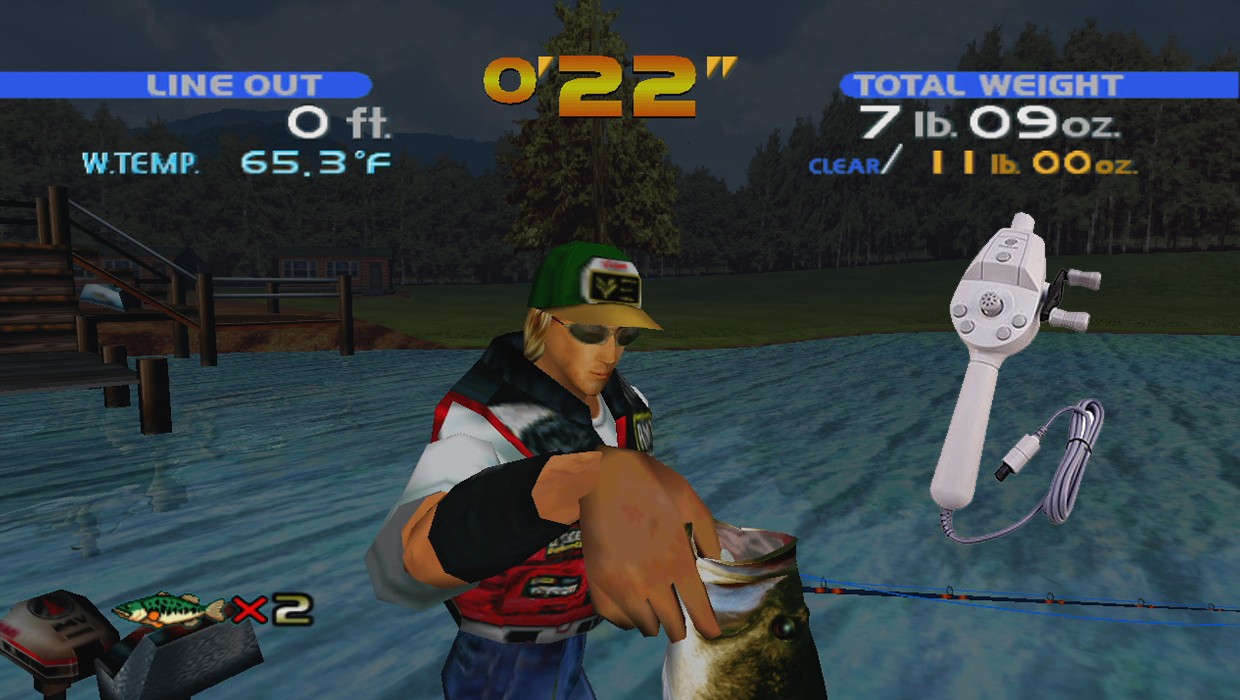
The Dreamcast hosted numerous accessories, but I doubt most figured the fishing rod would be the most beloved. Despite its goofiness (or perhaps because of it), many Dreamcast owners had the fishing rod controller to experience the arcadey fun of Sega Bass Fishing, Sega Marine Fishing, and Reel Fishing. Even when those shockingly entertaining renditions of the boring sport were all played out, industrious Dreamcast owners even found ways to play games like Soul Calibur and Tennis 2K using the accessory. Sadly, the fishing genre hasn't reached the same heights since.
The ever-charming VMU
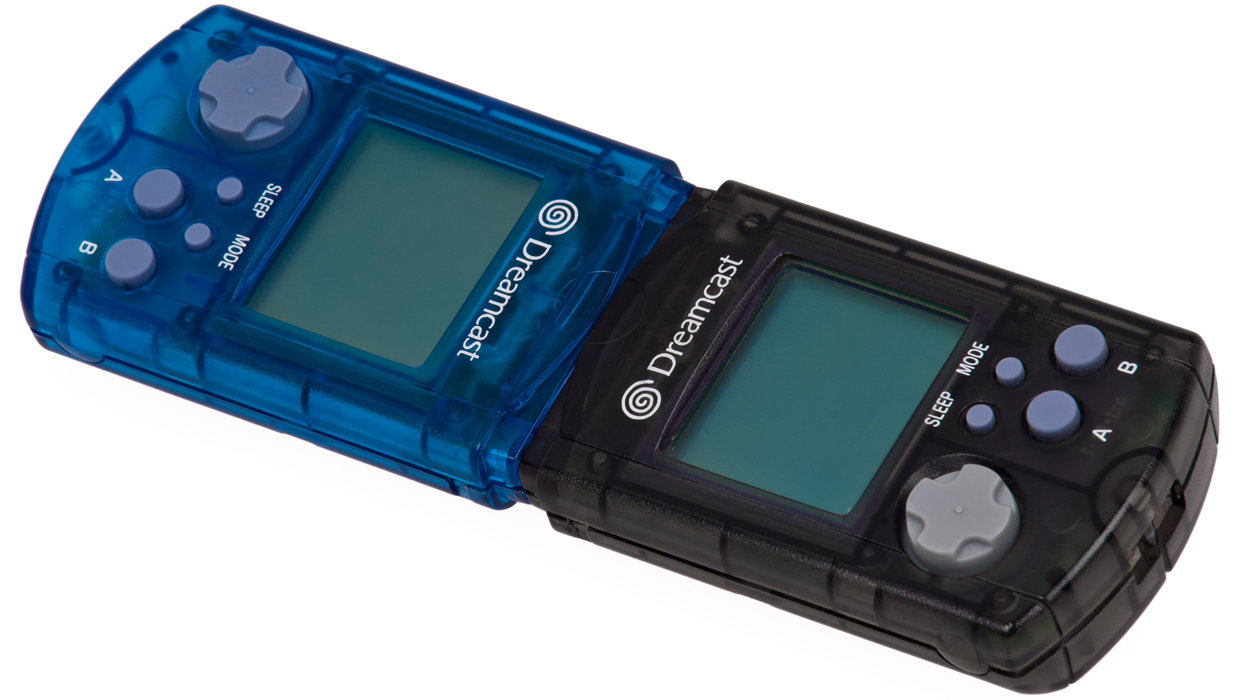
USB sticks and internal hard drives made memory cards obsolete, but the Dreamcast had a more novel approach to the saving games. The VMU (or VM in Europe) is a save device that plugged into the controller instead of the system, and the simple screen on the front of it could display in-game stats or just some goofy image that reflected what was onscreen. Taken out of the controller, the VMU took the virtual pet craze of the late '90s to new heights, like when players raised Chaos for Sonic Adventure or Pinta's Quest from Skies of Arcadia. Sega found so many creative uses for that little screen, pioneering ideas you see in today's second screen gameplay. Let's see your 3TB hard drive do that!
Even its failures were memorable
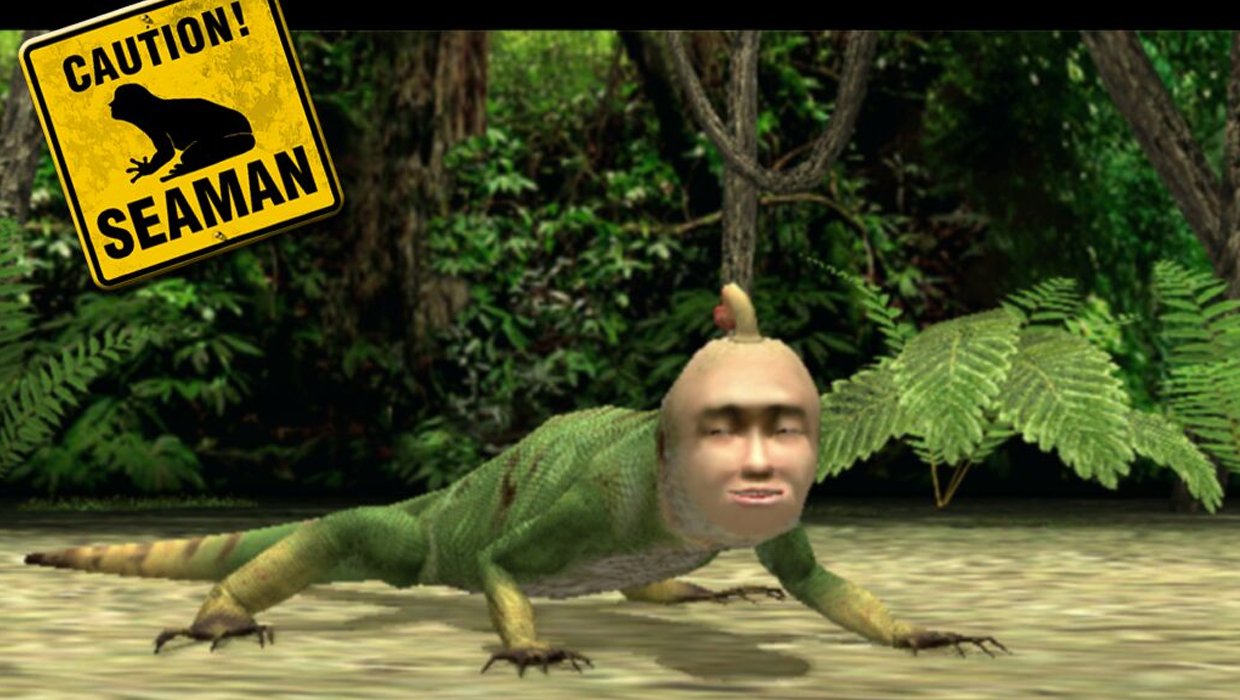
Development is currently more expensive than ever, so it's rare to see console makers take real risks with their games. But Sega that did over and over again on Dreamcast, putting out oddities like Seaman, Rez, and ChuChu Rocket. Games like those weren't big sellers in their time, but they blazed the trail for so many titles that were inspired by them. Then there's Shenmue, which may be the biggest gamble in gaming history. Shenmue cost more than any game to date, and had been a dream of Yu Suzuki's for years before he could finally release the first chapter. Again, it wasn't all that profitable, but it set the stage for open world gaming and storytelling that the industry still uses to this day. Even the Dreamcast's flops ended up helping the medium as a whole.
It embraced the internet
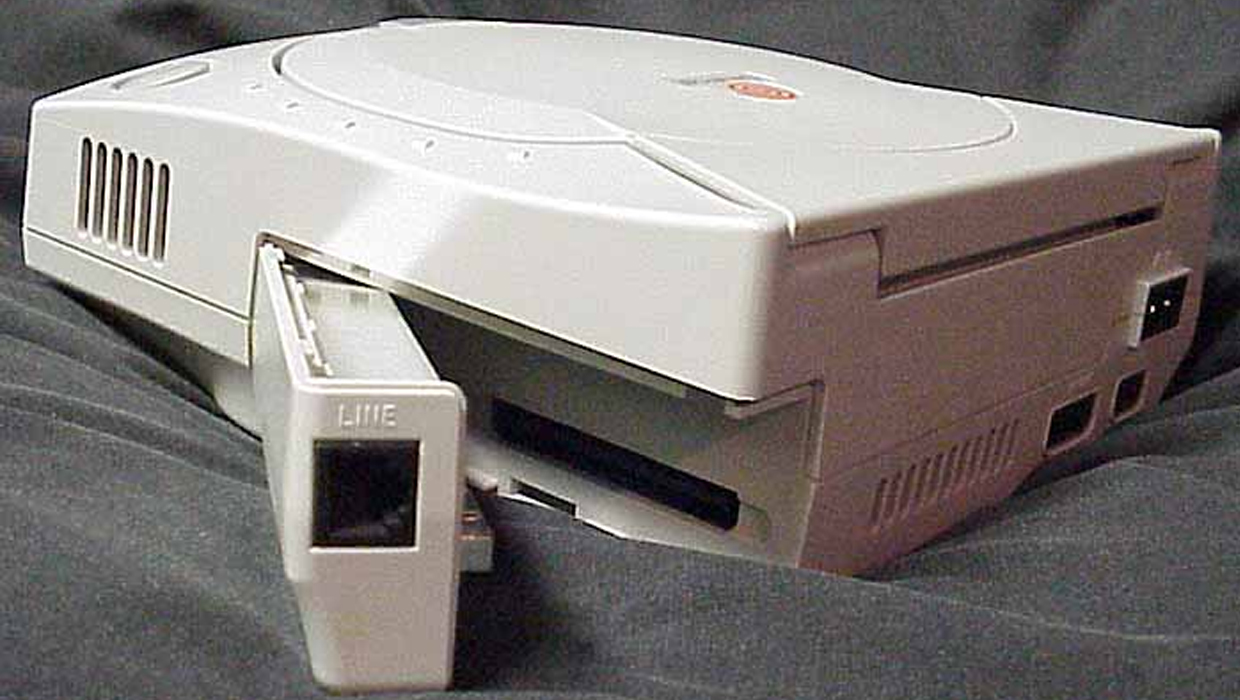
The internet is an unstoppable force that will one day consume all of society, but in the late '90s, not all console makers were sold on it. As Nintendo and Sony were perplexed by the series of tubes, Sega got proactive, launching the Dreamcast with a dial-up modem installed. That--along with an additional cable modem accessory--took Sega's system online, bringing together players in 2K sports, shooters like Quake III, or racers like Daytona USA. The Dreamcast gave console players a chance to experience what PC gamers had enjoyed for years. That's certainly the case with the Dreamcast network's biggest success...
Henry Gilbert is a former GamesRadar+ Editor, having spent seven years at the site helping to navigate our readers through the PS3 and Xbox 360 generation. Henry is now following another passion of his besides video games, working as the producer and podcast cohost of the popular Talking Simpsons and What a Cartoon podcasts.



